How about now?
Like several other are you also wondering?
If Brands & Branding can still help you build your business in the Digital World?
Several years ago Niall Fitzgerald, Chairman of Unilever said:
“Brand is a storehouse of trust that matters more and more as choices multiply. People want to simplify their lives.”
What Niall said years back is much more relevant in the digital age today. Our choices have simply exploded as the entire world is at our fingertips.
So if what Niall said is true Brands have a much bigger role to play today.
I believe that in the digital age:
Strong brands and consumer bonds are much stronger than before. If the two can leverage each other it will be a much better world.
Did you notice that I said three things above:
- Strong Brands: Several Brands operate in their niche and much more connected with their users. These brands have started leveraging the power of technology to form one on one connect with their users.
- Consumer Bonds: Consumers are much more connected with their community. Their community is no more just their family and friends. Today they are connected with unknown people and are leveraging this bond.
- Leveraging each other: To succeed Brands and consumers needs to leverage each other. This is where Branding program of Brands have a major role to play.
RELATED ARTICLE:
Communicating your Brand Story to Build your Business
For years, marketers wanted to communicate their brand story in full glory to each and every consumer. To communicate such a story it was essential to have an consistent & authentic messaging and voice.
Marketers always loved the idea of direct or one on one communication with consumers, that is why TV or press were the primary medium of communication.
However, one on one connect was simply not possible.
Brand communication used to be a one-way process.
Consumers were suspicious of brands as most of the marketing messages at the point of sales used to be delivered by frontline salespeople. The consumer always felt that most of these messages are fake.
However, today technology is enabling marketers to communicate a cohesive brand story about its vision and purpose.
The Branding efforts from Brands on digital are seen with a lot of trust as a consumer can hear it directly from Brands.
Today brands can develop content which can help a consumer all through their buying process. Such a Content is authentic, contextual and compelling.
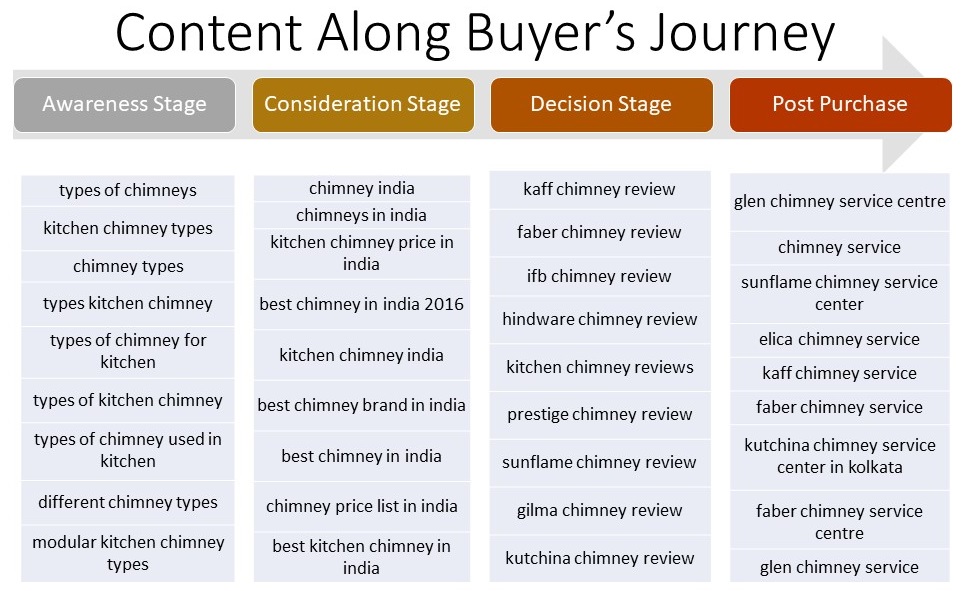
Just imagine, how powerful that is.
Digital gives you the opportunity to break the clutter and connect with your audience when they want and where they want. This connection allows you to tell your brand story and build a bond with them.
Branding in the Digital World
Your Brand building process or Branding is much more than selling a product online or offline. Philip Kotler explained this in the book “Kellogg on Branding“:
“Branding is much more than attaching a name to an offering. It is about making a certain promise to customers about delivering a fulfilling experience and a level of performance. Therefore, branding requires that everyone in the supply chain – from product development to manufacturing to marketing to sales to distribution – works to carry out the promise. This is what is meant by “living the brand”. The brand becomes the whole platform for planning, designing and delivering superior value to the company’s target customers.”
Unlike offline world, you communicate your brand story online in the imagery and words you use on your website or social media. This is what influences your stakeholders.
Horowitz, the bestselling author of The Hard Thing About Hard Things recommends that to succeed you should refine your story, your thinking and the company’s strategy. He says that:
The mistake people make is thinking the story is just about marketing. No, the story is the strategy. If you make your story better, you make the strategy better.
Therefore your branding effort should communicate your strategy. Your branding efforts are expressed by everything you do. Here are the things you must do to ensure that your branding efforts help you build your business:
1. Communicate why you exist
Your Brand is a living thing. Just like your customers evolve your products and brand also evolve.
So how does your Brand evolve. It evolves with your people, both internally and externally across your whole ecosystem.
If you can empower them to freely express their ideas, they will build an insightful innovative system to build a living brand.
What it simply means is that, you can’t build a great brand anymore, instead you need to build a great company, all the way through, from the inside out and your customers will do the rest.
So how do you do that. You do that by adding an eighth P called Purpose as a core to the 7P’s of marketing mix.
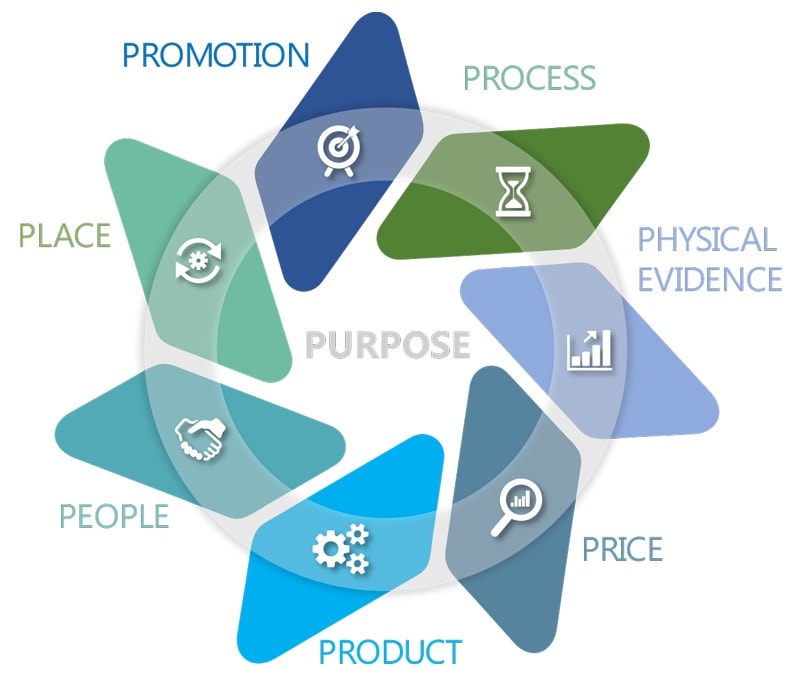
BRAND PURPOSE IS THE CORE TO ITS BRANDING
Purpose is from your customer’s perspective. It is your Brand idea. It is central to your brand essence or promise and infuses through everything – your people, process, product, in fact, everything you say and do, internally and externally, forever.
Simon Sinek says, “People don’t buy what you do; they buy why you do it.”
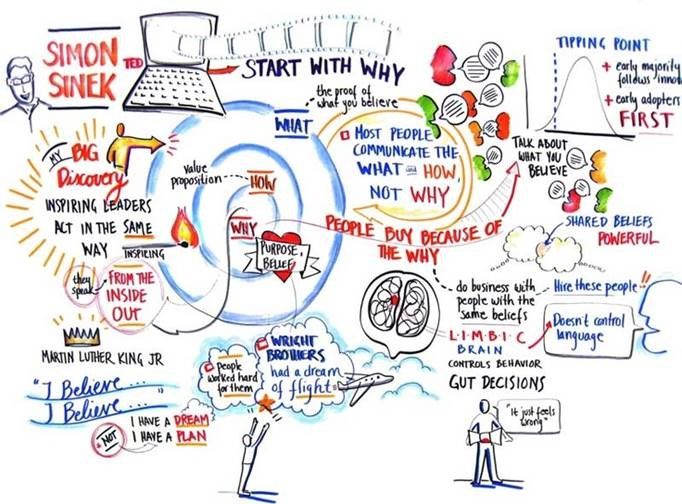
What it simply means is that your branding efforts should be driven by your story. Your story and strategy should define external communication.People want to hear why you do a particular thing and those who share your vision do business with you.
This story attracts your audience who share your values, and these people ultimately become your brand ambassador helping you grow the business and succeed.
See this branding campaign from Patagonia. where they say:
“Don’t buy this jacket”
As an outdoor retailer, they know their consumer is environmentally sensitive. With this campaign they tried to tell them that producing a jacket consumes huge amout of natural resources and pollutes the environment.
The ad reads (The environmental cost of everything we make is astonishing. Consider the R2 Jacket shown, one of our best sellers. To make it required 135 liters of water, enough to meet the daily needs (three glasses a day) of 45 people. Its journey from its origin as 60% recycled polyester to our Reno warehouse generated nearly 20 pounds of carbon dioxide, 24 times the weight of the finished product. This jacket left behind, on its way to Reno, two-thirds its weight in waste.)
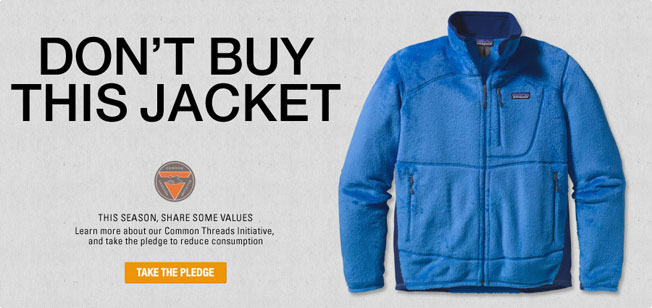
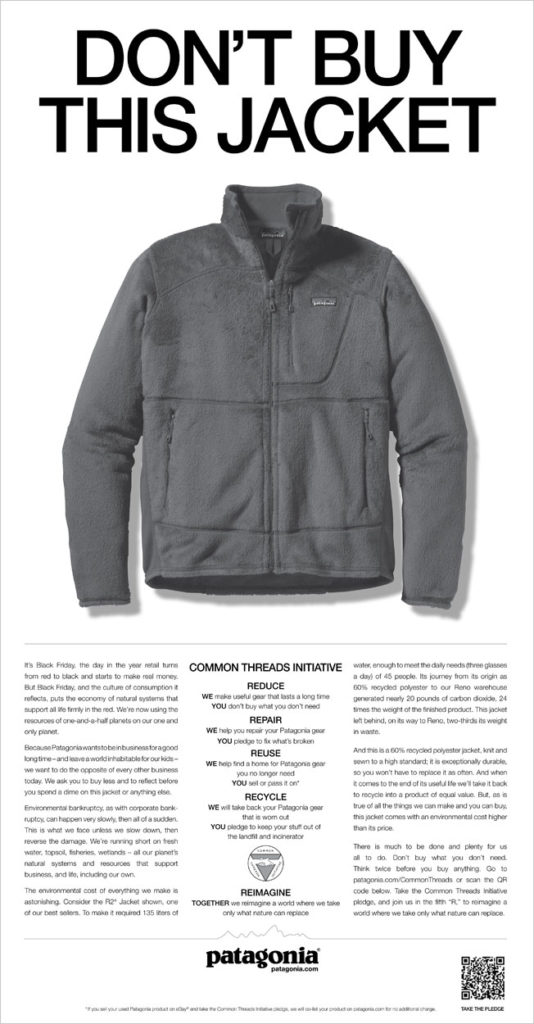
2. Consistency is the key
Digital media allows you to be consistent across the touchpoints. As a marketer you control everything, and you can ensure that you activate all the channels simultaneously.
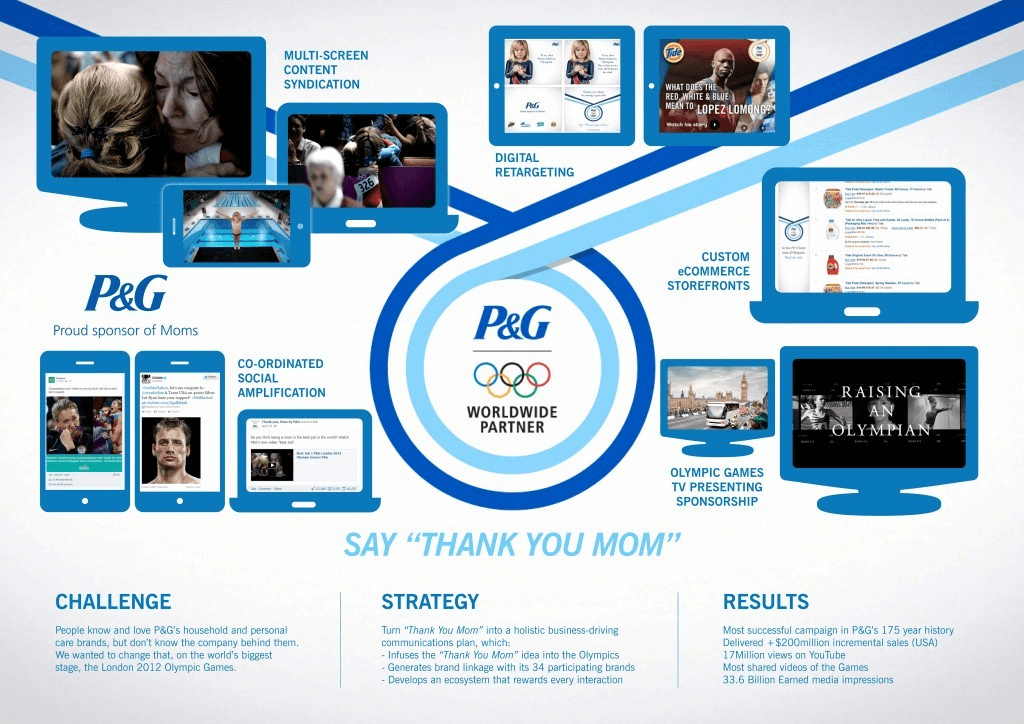
3. Sell your story and not just product
In the digital world every information is at your customer’s fingertips. You need not just look for short term sales; you need brand advocates. Brand advocates are attracted when they can see what you do for them. Therefore you need to communicate your story while selling along. This is what happens when you share your story.
Consider below TOMS one for one campaign. This brand was founded in 2006. In just 10 years it is already a major player in its segment. Blake Mycoskie converted his passion into a successful business idea while supporting the society. One for One®, has become a business model that helps a person in need with every product purchased.
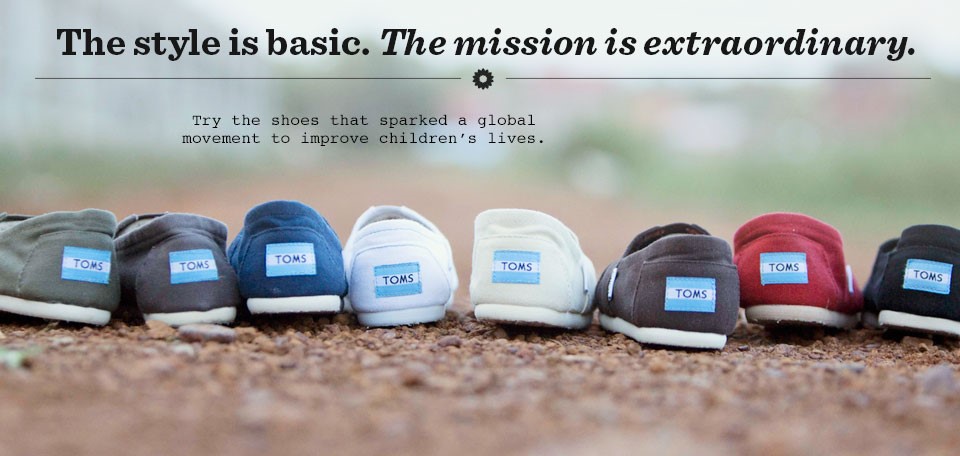
4. Digital Storytelling: Convert your consumers into Brand Ambassadors
Your story becomes more powerful when your consumers share it with others. As part of your branding efforts look for ways in which you can enable your consumers to do so. Build your Brand strategy to leverage Word of Mouth and user-generated content.
With technology it has become easy for brands to comminicate such stories. These stories are inspiring and communicates the persona of the brand. Digital Storytelling, which is a new practice of sharing a story with digital tools, has been gaining popularity among Brands.
What is Digital Storytelling
Technology has transformed the ancient art of storytelling. Today Brands are creating stories with digital tools and are adding drama to it with scanned images, videos and sound to bring alive past and create a compelling story. See below the story of Joy with Ultimate Driving Machine, BMW.
Here is an example of Uber and its customer referral program. Under this program Uber gave its loyal customers opportunity to earn a reward. The rewards accrue to a customer only when their friends enrolled to become a customer.
Referral programs work well when you ask a customer to refer someone to your brand. In such recommendations your customer is using their social equity to drive your brand. Their friend try your product not due to your brand equity but due to referrers social equity.
What’s more:
When referres friend become a customer and your original referres gets a reward, this reaffirms their original trust in your business.

Branding efforts help you build the strong brands.
So What is a Strong Brand
Is there a Brand you or your wife or your family or friends recommend to others.
What soap/perfume does your wife swear by?
Does she actively recommend that to friends and acquaintances?
Or perhaps your husband recommends a specific pub or drink? Maybe a Starbucks fan?
If there is a brand name like that in your mind right now, that name is likely to be a strong brand.
Why is that a strong brand? It is because of your association with it, you are its Brand Ambassador.
And if this brand has many such advocates or admirers or evangelists, it is likely to be a strong brand.
Strong brands are not built by marketers. Strong brands are built by consumers or customers like you and me.
Therefore, to become a strong brand a brand needs to have evangelists.
Therefore, the sign of a strong brand is how much loyalty or preference it commands.
Harley Davidson is a great brand because Harley Davidson motorcycle owners rarely switch to another brand.


Therefore a strong brand may be defined as:
“A brand name to which sets of unique, relevant and motivating emotional and functional benefits have become attached.”
Therefore a brand is the set of emotions that people associate as a result of their experience with its a product, service or idea. These experiences are build over time due to various marketing strategies called branding.
Brands that are able to achieve resonance and affinity with their customers would be able to reap a host of valuable benefits, such as greater price premiums, more efficient and effective marketing programs.
RELATED ARTICLE: AFFILIATE MARKETING FOR ONLINE BRAND PROMOTION
Attributes of a Strong Brand
As per Kevin Lene Keller (The Brand Report Card, Harvard Business Review, January 1, 2000) the best Global Brands share 10 attributes. These brands:
- Excel at delivering the benefits consumers truly desire.
- Stay relevant.
- Have a pricing strategy that is based on consumer perception of value.
- Are properly positioned.
- Are consistent.
- Have portfolio and hierarchy that makes sense.
- Make use of and coordinate a full repertoire of marketing activities to build equity.
- Have managers, who understand what the brand means to consumers.
- Are given proper, sustained support.
- Monitor sources of brand equity.
What Kevin said above almost 2 decades back is significant as it defines what it takes to build a strong brand.
How to build a strong Brand
There is a model way of building strong brands. This was summarised by Young and Rubicam (Y&R) and is known as Brand Asset Valuator™ model.
Y&R’s work was based on work that was conducted with over 35,000 brands over 30 years. The objective was to identify what differentiates brands that are successfully able to develop and maintain as a strong brand, versus those that are not.
This work shows four ‘pillars’ of brand strength. Successful brands are built on these four pillars:
- Differentiation (as established by the brand’s position and essence): Brands that are differentiated are unique in the eyes of the customer.
- Relevance (being personally appropriate to the individual): Brands that are relevant are useful to consumers and fulfil their requirements.
- Esteem (being held in high regard): Brands that are high in esteem have badge value. Simply by owning these brands, an owner can command prestige in the society.
- Knowledge (the intimate understanding of the brand and what it stands for): Brands with high knowledge have high brand awareness and almost everyone knows what it is and stands for.
Y&R put that in the form of a grid, called Y&R Brand PowerGrid.
The Y&R Brand PowerGrid
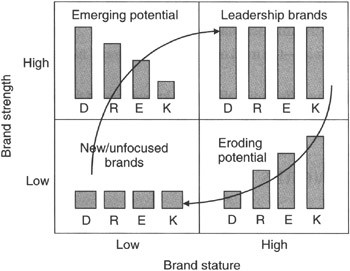
If you look closely and follow the two arrows it is clear that brands that are:
New or unfocussed brands:
New or unfocussed brands do not have any unique reputation in the minds of a consumer. Their product or services are generally in low demand, even if they are providing pre-existing services already in the market. These brands do not bestow any badge value to its user and awareness of such brands is low. incase a brad is offering an
Emerging Brands or Strong Brands of tomorrow
Emerging Brands or Strong Brands of tomorrow first build the differentiation followed by relevance. If you consider in today’s age of technology several this is true to a great extent. Just recall how technology brands such as Apple or HP or Dell or Facebook or Google became so big. When they started off their product has little or low demand, but their product was unique and differentiated.
Leader or Strong Brands
Strong Brands exhibit high level of uniqueness (differentiation), demand from consumer (relevance), badge value (esteem) and awareness & Top of Mind recall (Knowledge). Once again think of technology brands such as Apple, Facebook or Google. All these brands can be classified as strong brands.
Eroding Brands
Brands that are losing their strength are those which stat to lose their uniqueness (differentiation) or demand from consumer (relevance). These brands may still have high level of esteem or knowledge existing in the market. Can you recall Nokia or Blackberry. These two brands are a great example of eroding brands.
How to apply Y&R’s Model to build your brands
Brand building is an activity which does not happen in isolation. If you the Brand custodian in any industry it important to know in which quadrant you or your competitors are.
Once you know that you can deploy marketing programs which help you move to the right top quadrat or help you stay there.
You can also effectively predict how your competitors will behave.
For example a small emerging player will try to bring a truly differentiared niche product or service for which latent potential exists in the marketplace.
Other brands who are losing differentiation are likely to start a price war.
Depending on where you are, you can priorities your action and build your brand.
The process of building strong brand is branding.
What is Branding?
Well, Branding is one subject that is on the minds of all my clients.
While startups ask me What is Branding; my other well placed corporate clients ask me how Branding can add value to their business.
Here is the deal:
The definition of branding answers it all:
In Laymen terms,
Branding is the process of building reputation of your Brand.
Branding helps you add value to your offering in the minds of consumer.
It is is all about helping people to know, understand and want your offering (product, service, idea). It is the process of making your products, services and your company known, preferred and wanted. In short
Branding is the practice of creating a name, symbol or design that identifies and differentiates a product from other products.
A well-built brand gives the company or product personality, and evokes emotional and subliminal characteristics that are not necessarily found in the company or product themselves.
For Example imagine if you are given two translucent envelopes both carrying soap. What value you associate with them when you open them:
Envelope 1: A bar of white color soap.
Envelope 2: A packaged bar of soap with the following description written on it “Dove Beauty Soap.”
Brand vs. Branding
Most of my clients get confused between Brand and Branding. For most of them Brand and Branding are one and the same.
Brand is a Noun. It is a Marketing Tool. Your brand is the result of the branding effort. Your brand describes:
- Who you are and
- What you do
- How do you do it
- It is how people identify, know and remember you.
wheares
Branding is a Verb. It is the act of creating a Brand. It is a Brand Development process. Branding helps you build a unique name and image for your product or service in the consumers mind and marketplace.
Branding as a process help you
- Carve out a position you want to own
- Devise Brand Strategy
- Your Visual Identity such a logo, packaging, messaging tonality, colour theme etc.
- Branding helps you define what you want to achieve with an advertising campaign.
Why Branding is Important
Branding involves creating mental structures and helping consumers organize their knowledge about products and services in a way that clarifies their decision making and in the process provides value to the firm.
The key to branding is that consumer’s perceive differences among brands in a specific product category. Marketers can take benefit from this differentiation. Therefore branding is able to drive market leadership. Philip Kotler explained this in the book Kellogs on Branding:
“The power of creative Branding is visible to all. We are drawn to Starbucks, Harley-Davidson, Coca-Cola, Apple, Singapore Airlines, Heinz, and Gillette. These companies have learned how to make their brands live in the customer’s minds and hearts.”
Presence of a well-known strong brand dramatically affects how people see a product or service. If people see a premium brand they will likely to see the product associatde as high quality, exclusive, and expensive.
In case of a discount label, they will perceive the item as a low quality and cheap. Powerful brands can drive success in competitive and financial markets, and indeed become the organization’s most valuable assets.
Do you know that at the start of a purchasing process, consumers generally have 2 or 3 or max 5 brands in their consideration set.
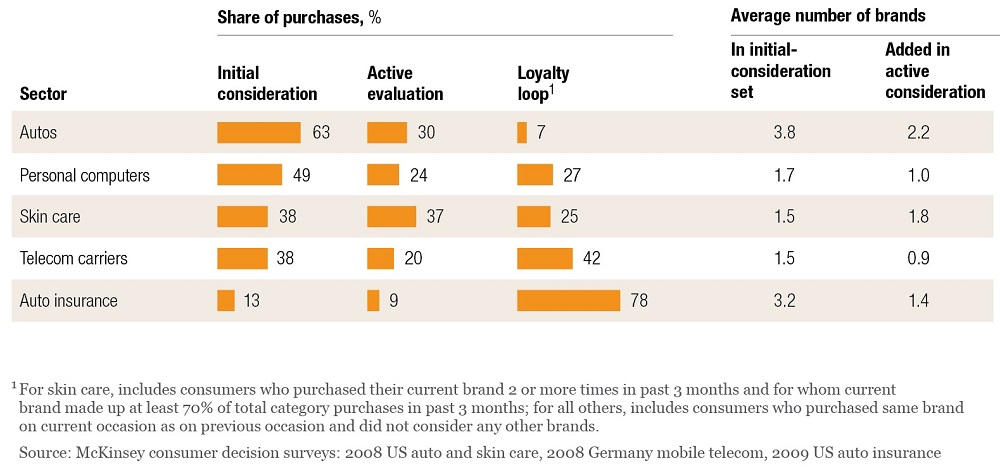
Powerful brands can drive success in competitive and financial markets, and indeed become the organization’s most valuable assets.
Branding Challenges
Branding is NOT easy.
It is not just about giving a name or attractive logo or slogan. It is one of the most challenging tasks a you will ever face. If you are able to manage these challenges you will be able tobuild your brand.
These challenges are also known as “three C’s of Branding”.
Challenge 1: Cash
The challenge of cash, or dealing with short term financial concern, is the biggest single challenge brand leaders face. It is driven by a very simple conundrum:
- Executives needs to deliver short term financial results, but brands are long term assets.
Executives who deliver quarterly profits are rewarded. However all of a brand’s value resides in the future and the current financial returns are actually a very small part of the total.
However if a manager is forced to choose between investing in a brand and missing a short term financial targets, most managers choose to hit the shorter term numbers. This is usually a career optimizing decision. This ultimately leads to “branding doom loop”.
The doom loop begins with a manager struggling to deliver a short term profit target. To boost sales and profit, the manager deploys a program that have a significant short-term impact, such as price promotion.
To fund price promotion manager reduces investment on brand building programs.
However, as the short term financial results improve, competition responds to nullify the impact of the price promotion, leading to less than desirable results on the medium term.
Moreover, consumers also start expecting promotion and delay their purchases and wait for the next price promotion. Thus the long terms prospects of the brands decline as:
- Overall Brand strength declines due to the lack of brand building programs
- Price and margins come under pressure due to competitive response
- Consumers start expecting price promotions and delay their purchases
- The perceived price-value equations shift downwards
- Brands get into a dangerous downwards spiral
Challenge 2: Consistency
Brands are created through a wide range of touch points; every time a customer interacts with a brand they form associations.
This means that everyone in a company has an impact on the brand.
Therefore the second biggest challenge of branding is consistency or getting an entire organization to embrace the brand live up to the promise over time.
However, if an organization does not understand, believe in, and own the brand, if the message, the brand, and the product are not consistent- the vision remains unfulfilled.
Challenge 3: Clutter
Consumers are bombarded every day by hundreds and sometimes thousands of advertisements and promotions. Breaking through this cluttered environment is exceptionally difficult.
It is hard to get anyone to pay attention to your brand, and harder still to form meaningful associations. To stand out a brand needs to be focused and unique; great branding means something unique in a consumers mind.
Having a clear positioning is a great beginning, but not sufficient. Brands need to create attention by creative advertising and innovative use of media.
What is Branding in Marketing
Marketers engaged in branding seek to develop or align the expectations behind the brand experience, creating the impression that a brand associated with a product or service has certain qualities or characteristics that make it special or unique.
A brand image may be developed by attributing a “personality” to or associating an “image” with a product or service, whereby the personality or image is “branded” into the consciousness of consumers.
Therefore branding is, one of the most valuable elements in an advertising theme. The art of creating and maintaining a brand is called brand management.
A brand which is widely known in the marketplace acquires brand recognition. When brand recognition builds up to a point where a brand enjoys a critical mass of positive sentiment in the marketplace, it is said to have achieved brand franchise.
One goal in brand recognition is the identification of a brand without the name of the company present. For example, Disney has been successful at branding with their particular script font (originally created for Walt Disney’s “signature” logo), which it used in the logo for go.com.
The ultimate accolade for a brand is to be at the top of its category. Once this has happened, however, it risks becoming generic and being unable to act as a brand – the ability to distinguish goods from different producers.
There are strong brands in every line of business:
- Mobile Phones: Apple, Samsung
- Social media: Facebook, Linkedin, Twitter
- Consumer goods Beverages: Coca Cola, Pepsi
- Consumer durables: LG, Samsung, Sony
- Software: Microsoft, Google
- Insurance: Prudential, AIG, MetLife
- Automobiles: Tesla, Ford, Toyota, Saturn
- Governmental Bodies: NASA, FBI, CBI
Elements of Branding
Branding is to be able to choose a name, logo, symbol, package design, or other attributes that identifies a product and distinguishes it from others.
These different components of a brand, which are trademarkable, identifiable and differentiate-able, can be called “Brand elements”.
The main brand elements are:
- Brand Name
- URL’s
- Logos
- Spokespeople
- Symbols
- Characters
- Slogans
- Jingles
- Packaging
- Signage’s
Choosing your Target Audience for Branding
Every company must consider four target audiences:
• Internal (staff and close collaboration partners)
• Market (buyers, prospects and providers)
• Owner groups (shareholders, including analysts, financial and stock markets)
• Society as a whole (including authorities, media, and potential employees)
Here are a few handpicked articles for you to read next:
- Digital Marketing – Objectives, Strategy, Tools and its Application in 2017
- How Facebook Contests Can Help Grow Your Business
- How to Start an Affiliate Marketing Program to Grow your Online Business
- Top 10 Payment Gateways in 2017 – Choose the Best for your Business
Frequently Asked Questions:
1 What is a Brand?
As per American Marketing Association:
A Brand is a “name, term, sign, symbol, or design or a combination of them, intended to identify the goods and services of one seller or group of sellers and differentiate them from those of competition”.
2 How Brand as a concept came into being?
Brands were originally developed as labels of ownership: name, term, design, symbol. However, today it is what they do for people that matters much more, how they reflect and engage them, how they define their aspiration and enable them to do more. Therefore it can be said that
“A Brand is a set of associations linked to a name, term, design, symbol associated with a product or service”
In the field of marketing, brands originated in the nineteenth century with the advent of packaged goods.
The First Registered Brand
The first registered brand was the red triangle registered by Bass beer, as the British were the first to introduce a law for trade mark registration.
Impact of Industrialization on Branding
Industrialization moved the production of household items, such as soap, from local communities to centralized factories. When shipping their items, the factories would brand their logotype insignia on the shipping barrels. These plants, generating mass-produced goods, needed to sell their products to a wider range of customers, to a customer base familiar only with local goods, and it turned out that a generic package of soap had difficulty competing with ordinary, local products.
The fortunes of many of that era’s brands, such as Uncle Ben’s rice and Kellogg’s breakfast cereal, illustrate the problem. The packaged goods manufacturers needed to convince buyers that they could trust in the non-local, factory product. Campbell soup, Coca-Cola, Juicy Fruit gum, Aunt Jemima, and Quaker Oats, were the first American products to be branded to increase the customer’s familiarity with the products.
How JWT influenced Branding
Around 1900, James Walter Thompson published a house advert explaining trademark advertising, in an early commercial description of what now is known as ‘branding’. Soon, companies adopted slogans, mascots, and jingles that were heard on radio and seen on early television.
By the 1940s, Mildred Pierce manufacturers recognized how customers were developing relationships with their brands in the social, psychological, and anthropological senses. From that, manufacturers quickly learned to associate other kinds of brand values, such as youthfulness, fun, and luxury, with their products.
Thus began the practice of ‘branding’, wherein the customer buys the brand rather than the product. This trend arose in the 1980s ‘brand equity mania’. In 1988, Phillip Morris bought Kraft for six times its paper worth. It is believed the purchase was made because the Phillip Morris company actually wanted the Kraft brand rather than the company and its products.
April 2, 1993, labeled Marlboro Friday, is described by Klein (2000) as the death day of the brand. On that day, Phillip Morris declared a 20 per cent price cut of Marlboro cigarettes in order to compete with cheaper price cigarettes.
At the time, Marlboro cigarettes were notorious for their massive advertising campaigns, and nuanced brand image. On that day, the prices of many branded companies Wall street stocks fell: Heinz, Coca Cola, Quaker Oats, PepsiCo; seemingly the signal of the beginning ‘brand blindness'(Klein 13)
3 What is the difference between Commodity, product and Brand
Commodity: is an offering so fundamental, that it can not be physically differentiated in the minds of consumers.
Product: A product is anything that can be offered to a market for attention, acquisition, use or consumption that might satisfy a need or want. Thus a product may be a physical good, service, retail store, person, organization, place or an idea.
Brand: is a product, where one adds other dimensions that differentiates it in some way from the other products designed to satisfy the same need. These differences may be:
Rational or tangible – related to product performance
Emotional or intangible – related to perceived benefits.
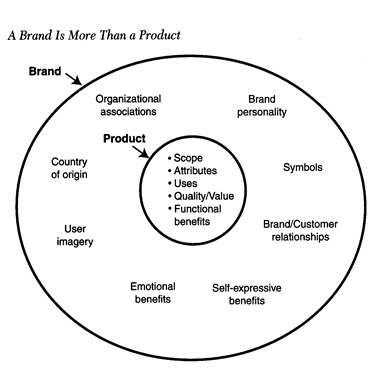
Frequently Asked Questions
Q1 What is more important to a brand, the logo or the name? Why?
Well, It is the Brand Name. Here is why?
Reason 1: Visualisation
Is there a Brand you or your wife or your family or friends recommend to others.
- What soap/perfume does your wife swear by?
- Does she actively recommend that to friends and acquaintances?
- Or perhaps your husband recommends a specific pub or drink? Maybe a Starbucks fan?
What is in your mind right now. Brand Logo or Brand Name or the category image.
Well, depending on the Brand you are thinking about, you would see a Logo or image. But what helps you visualise that, it is the Brand name. Our mind pull in the image (of a logo or category) through the name only.
Reason 2: Control
Brands are not built by marketers. Strong brands are built by consumers or customers like you and me.
When a brand has many advocates or admirers or evangelists it becomes truly strong brand.
All of us use the brand name to recommend it to others. have you send a Nike logo to refer the brand to a friend of your or the Brand name.
Reason 3: Chicken or Egg
What comes first Brand name or Logo.
- What came first for Nike, Brand name or logo.
- Do you remember Amazon or IBM logo. It built from the Brand name only.
I know, I know, you must be saying, how about Apple. When Steve Jobs thought about Apple, he coined the Brand name first. He wanted to keep it simple.
Reason 4: Longevity
What is going to remain forever, your Brand Logo or Brand name.
History has witnessed evolution of Logos every 3 / 5 / 7 years for global / local brands. If logo can change so much how can it be more important than brand name.
Sources
- The Brand Report Card, Kevin Lane Keller, From the January–February 2000 Issue
What Is Branding? Challenges And Applications, Brandloom, (accessed August 12, 2017).
Save

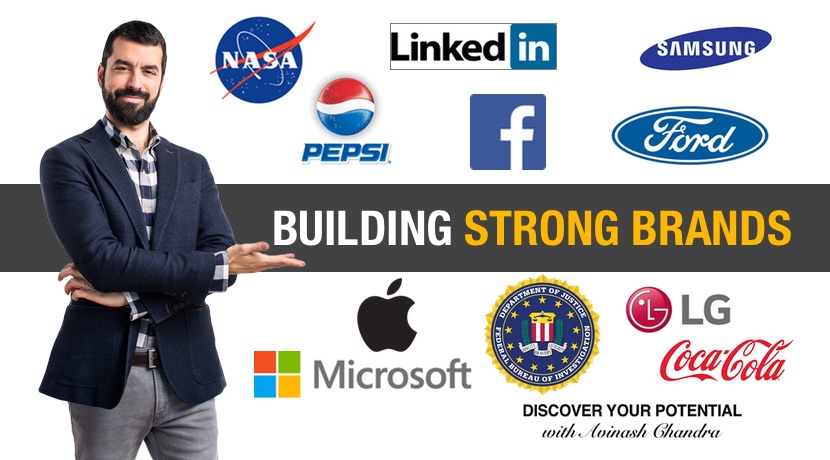
Found to be unique article in recent times, keep sharing unique articles like this.
“Avinash Chandra” delves into the intricacies of “Brands & Branding” in this insightful article. With a focus on the essence of branding, the author navigates through its impact on businesses and customers alike. The article’s exploration of key branding elements and strategies offers a valuable resource for both beginners and seasoned marketers aiming to create a lasting brand identity.
I found your article on brands and branding quite insightful. Your exploration of the intricacies of brand identity and the importance of a strong brand image is informative. The examples you provided help to illustrate these concepts effectively. Overall, a valuable read for anyone interested in the world of branding.
Thankf for your kind words. Let me know what should I write next.
This blog offers a comprehensive exploration of how brands and branding can drive business success in the digital world. As digital channels become increasingly integral to consumer interactions, businesses must prioritize digi updates to remain competitive. Leveraging the latest digital marketing updates can help businesses build a strong digital presence and establish themselves as industry leaders.